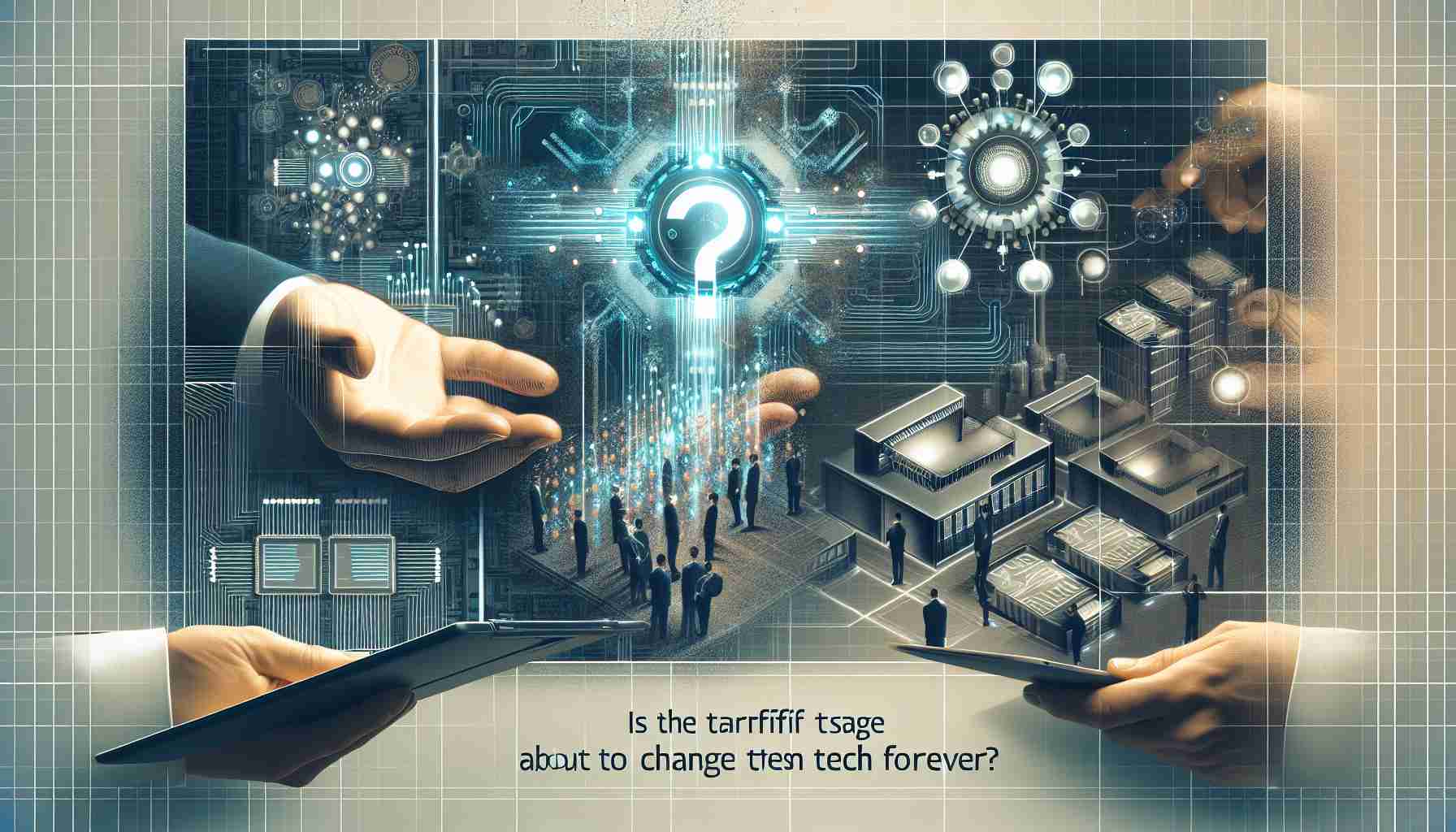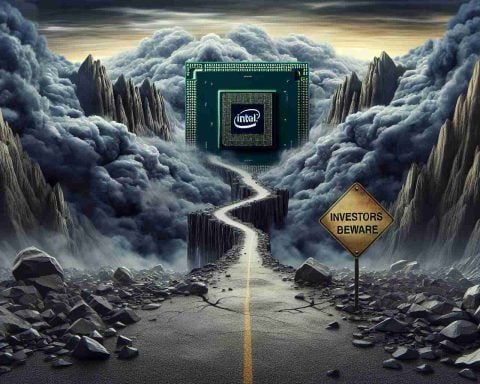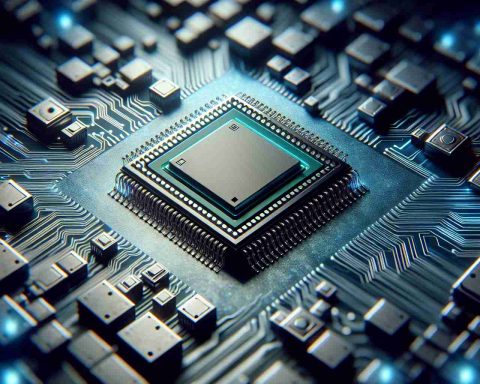- Nvidia’s CEO met with Donald Trump to discuss the future of technology and AI in the U.S.
- Trump proposed tariffs on imported semiconductors to encourage domestic manufacturing.
- Current U.S. semiconductor reliance is heavily on foreign production, especially from Taiwan.
- Tariffs could raise electronics prices by up to 46%, impacting consumers significantly.
- The Chips & Science Act has fueled over $52 billion in investments for domestic chip production.
- Over 90 semiconductor projects are set to create thousands of new jobs in the U.S.
- The debate continues over whether tariffs will strengthen or weaken America’s tech industry.
In a pivotal meeting that could reshape America’s technological landscape, Nvidia’s CEO Jensen Huang met with former President Donald Trump to discuss the future of U.S. technology and artificial intelligence. This meeting, which coincided with Trump’s announcements about imposing tariffs on imported semiconductors, highlights a critical moment for the industry.
Trump has voiced a strong desire to bring semiconductor manufacturing back to the United States, criticizing the current reliance on foreign production, particularly from Taiwan, which dominates 98% of the chip industry. He argued that tariffs could eliminate the necessity for government subsidies, suggesting that companies would prefer to invest their own capital rather than face hefty import taxes.
The stakes are enormous. According to the Consumer Technology Association, such tariffs could skyrocket the prices of essential electronics, including gaming consoles and smartphones, by as much as 46%. Meanwhile, the Chips & Science Act, implemented under the Biden administration, has already sparked a wave of investment, committing over $52 billion in subsidies to foster domestic chip production.
With over 90 new semiconductor projects announced across the U.S., supporting thousands of jobs, this is a turning point for American manufacturing. As industry leaders attempt to navigate the tangled web of tariffs and incentives, the question remains: will tariffs solidify America’s tech dominance or stifle its growth?
The takeaway? While tariffs may seem like a straightforward solution to industrial dependence, the long-term implications on innovation, prices, and job creation could be profound. The tech battle continues as the industry watches closely.
Is America Ready for a Semiconductor Renaissance? Discover the New Dynamics!
The Future of U.S. Technology and AI: Insights from the Meeting Between Nvidia’s CEO and Donald Trump
In a significant strategic meeting, Nvidia’s CEO Jensen Huang and former President Donald Trump discussed pivotal issues surrounding America’s technological future, focusing particularly on artificial intelligence (AI) and the semiconductor industry. This dialogue emerges at a critical juncture where government policies, international competition, and domestic production capabilities intertwine.
# Market Forecasts: The Semiconductor Industry in the U.S.
As companies like Nvidia push for advanced technology, the semiconductor market in the U.S. is projected to grow substantially. Analysts predict that by 2030, U.S. semiconductor revenues could reach over $1 trillion, driven by both domestic manufacturing initiatives and increasing global demand. This revitalization aims to reduce reliance on foreign suppliers and bolster the nation’s technological infrastructure.
Pros and Cons of Tariffs on Semiconductors
# Pros:
– Increased Domestic Production: Tariffs could incentivize companies to manufacture chips locally, supporting the U.S. economy and job creation.
– National Security: Reducing dependence on foreign semiconductors enhances the U.S. security landscape amidst rising geopolitical tensions.
# Cons:
– Rising Consumer Prices: As highlighted by the Consumer Technology Association, tariffs might lead to up to a 46% increase in the prices of consumer electronics, affecting everyday consumers.
– Stifling Innovation: Excessive tariffs may deter foreign investment and partnerships that are essential for technological advancements.
Innovations and Trends in the Semiconductor Sector
The U.S. is witnessing a rapid convergence of innovation within the semiconductor sector, spurred by the Chips & Science Act. Advances in AI and machine learning capabilities are becoming intertwined with silicon technology, promising faster and more efficient chips. This ongoing innovation could redefine various applications, from healthcare technology to sustainable energy solutions.
Limitations and Compatibility Challenges
While the push for domestic semiconductor production is gaining momentum, there are inherent limitations:
– Supply Chain Complexity: The semiconductor supply chain is global, and immediate localization may not suffice to meet urgent demand.
– Technological Expertise: The U.S. faces a skills gap in semiconductor design and manufacturing expertise, which could hinder rapid growth.
Frequently Asked Questions
1. What impact will tariffs have on consumer electronics prices?
Tariffs could lead to a significant increase in retail prices for consumer electronics. The Consumer Technology Association estimates average price hikes could approach 46%, making everyday devices like smartphones and gaming consoles less affordable.
2. How will the Chips & Science Act affect the semiconductor market?
The Chips & Science Act allocates over $52 billion in subsidies aimed at bolstering domestic semiconductor production. It is designed to enhance competitiveness, modernize facilities, and foster innovation while potentially creating thousands of new jobs.
3. What role does AI play in the evolving semiconductor landscape?
AI is expected to drive advancements in semiconductor technologies by enabling the design of more efficient chips, optimizing manufacturing processes, and creating adaptive systems that enhance performance across various applications.
For further insights on semiconductor trends and technology advancements, visit the main domain: link name.




















